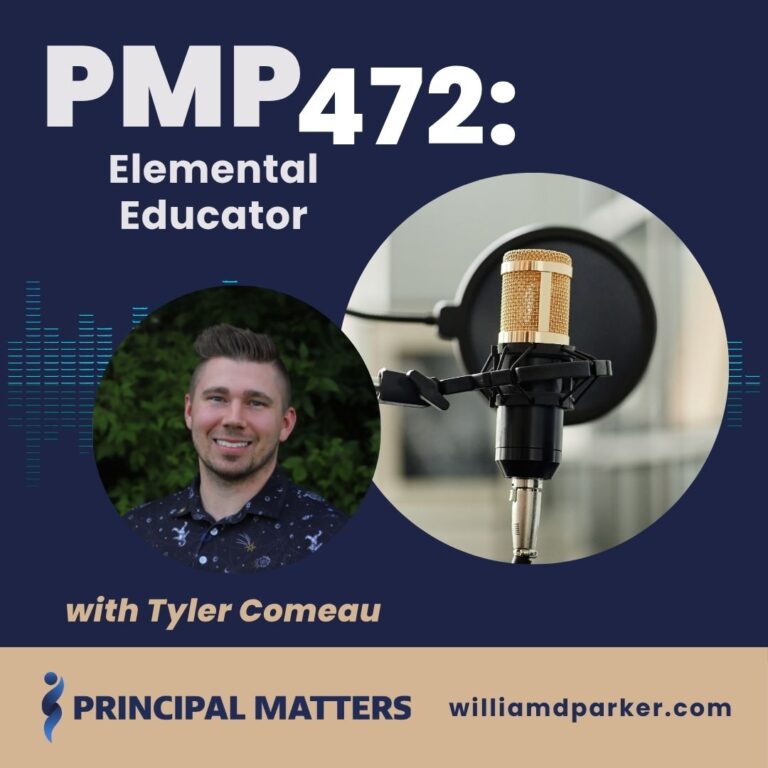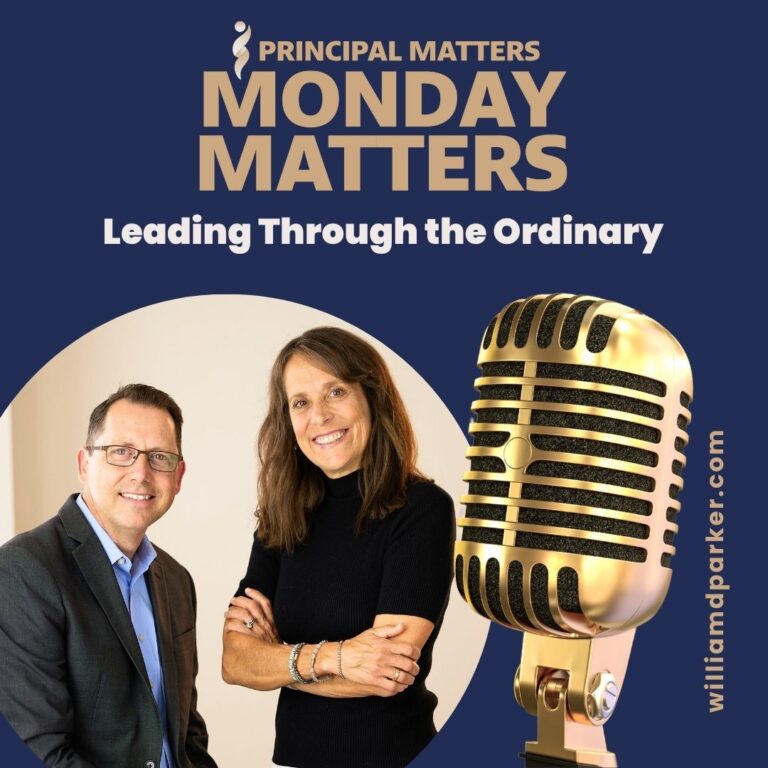Podcast: Play in new window | Download
This week on Monday Matters, Will Parker and Jen Schwanke discuss the article below written by Will about left brain and right brain leadership. Listen in to hear their conversation!
Left Brain and Right Brain Leadership, by William D. Parker
There’s an old ad from Mercedes-Benz that shows an illustration of the human brain divided left and right. On the left side, the image is black and white. It has images like graphs and scaffolding. It contains words such as science, facts, linear, and process. On the right side, the image is full of splashes of color. It contains words like passion, dreams, singing, and love.
The advertisement is apparently trying to convince us that owning a Mercedes complements both sides of the human brain. Brain science is much more complex than a simple division between the left and right sides of the brain, but the simple illustration is making a point about human behavior. Just as certain parts of our brain activity are activated by different thoughts (like computation versus dancing) people tend to find themselves gravitating toward one side or the other in their style or decision-making.
In David Yeager’s book 10-20: The Science of Motivating Young People, he presents research on how the most highly effective teachers use a mentor mindset with students. He shows how teachers committed to both high expectations and high support tend to see higher student outcomes than teachers who emphasize one without the other.
In other words, if a teacher has high expectations without high support, students feel stifled and unmotivated to engage in learning. If a teacher has high support without high expectations, students view them as a pushover and perform at lower levels.
The key seems to be “using both sides of the brain” in our styles of teaching as well as inviting “both sides of the brain” in student learning.
The same is true for school leaders. For the school leader, the entire campus is his or her classroom, and the question is: How do we hold our school community members to both high standards and high support at the same time?
Recently, I asked a group of Assistant Principals to tell me how their best teachers use both sides of their brains, and they gave me very specific responses. I share them in two columns:
Column 1: Left Brain Teaching
- Analyzing data
- Teaching to standards
- High rigor
- Curriculum mapping
- Alignment
- Reaching mastery
- Commitment to process
- Structured classrooms
- Clear behavioral and academic priorities
Column 2: Right Brain Teaching
- Active learning
- Engaged students
- Collaborative settings
- Facilitating inquiry
- Guided “chaos” or curiosity
- Applying lessons to real life
- Creativity and expression
- Whole child development
- Individualized or differentiated learning
When I asked these same leaders to apply what this looks like in their own roles as leaders of learning across an entire campus, they added the following:
Left Brain Leadership
- Setting expectations
- Modeling behaviors
- Sharing and following policies
- Establishing structures
- Intentionality
- Data-driven decision-making
Right Brain Leadership
- Encouraging freedom and autonomy
- Openness to “What if” scenarios
- Environments that encourage suggestions
- Inviting voice among all stakeholders
- Facilitating buy-in
- Improving engagement
One example I shared for maintaining strong definitions of roles and responsibilities is knowing your own Key Responsibility Areas, as well as helping define those roles for team members.
When we are clear on the division of responsibilities among our administrators, counselors, support staff, and teachers, we are able to divide tasks in ways that allow leaders to do what only leaders are able to do.
If your goal is to spend more time in teacher observation and feedback, this cannot happen if you take on responsibilities that distract you from those priorities.
Mark Shellinger, from the SAM National Innovation Project, has done years of research around principal time management. He suggests principals engage in the following practices to build structures that lead to more engagement in classrooms:
- Schedule your management and instructional tasks in advance.
- Have a follow-up meeting with someone you trust for accountability.
- Create a first-responder structure.
- Train people to use you the way you’d like to be used.
Let’s Wrap This Up
Your school is not a Mercedes-Benz car, but people are choosing today whether or not they believe in, and are committed to, the learning happening in your school. So, in a sense, your school is a brand, like it or not. More importantly, though, it is a learning community. Good brands appeal to both sides of the brain, and good learning does too. So does good leadership.
How are you committed to both the structures (head) of high expectations, while also providing the supports (heart) of engagement and relationships that encourage the kind of learning environment every teacher, student, and parent wants to experience at school?
Sources:
PMP420: Mentoring Mindset with David Yeager (October 30, 2024) https://williamdparker.com/2024/pmp420-mentoring-mindset-with-david-yeager/
PMP414: Managing Your Priorities with Mark Shellinger (September 18, 2024) https://williamdparker.com/2024/pmp414-managing-your-priorities-with-mark-shellinger/




